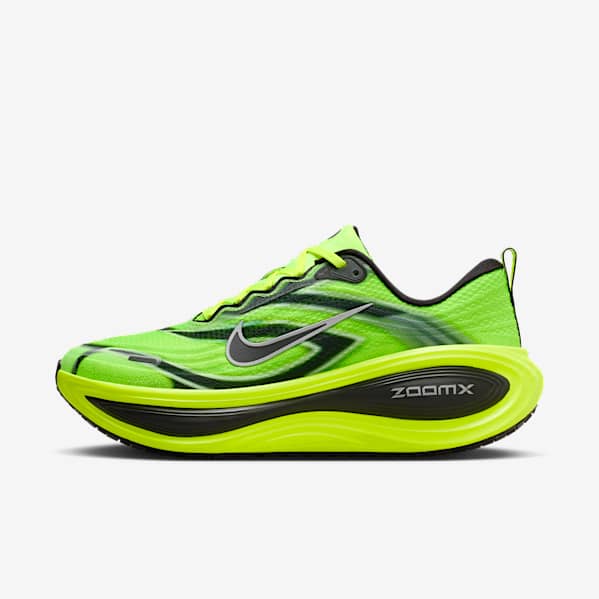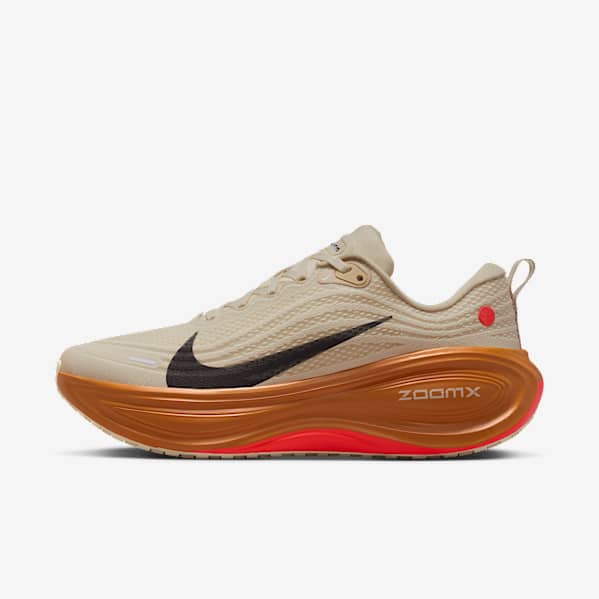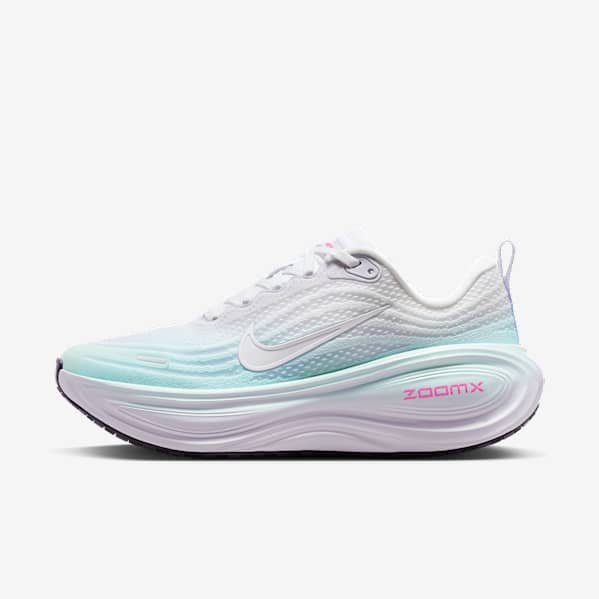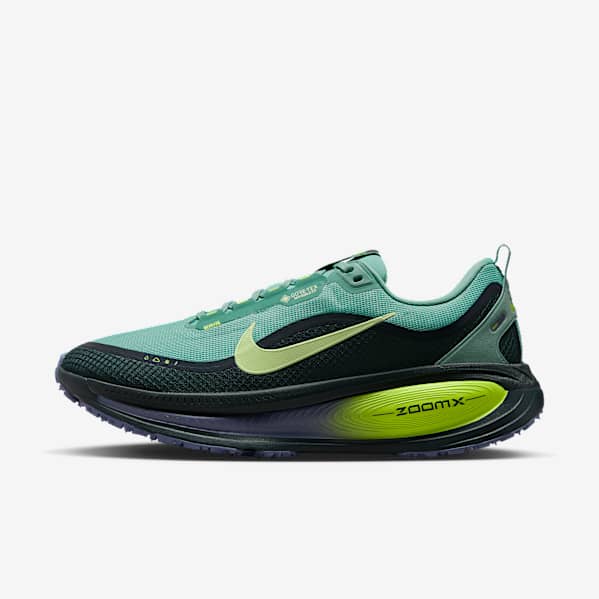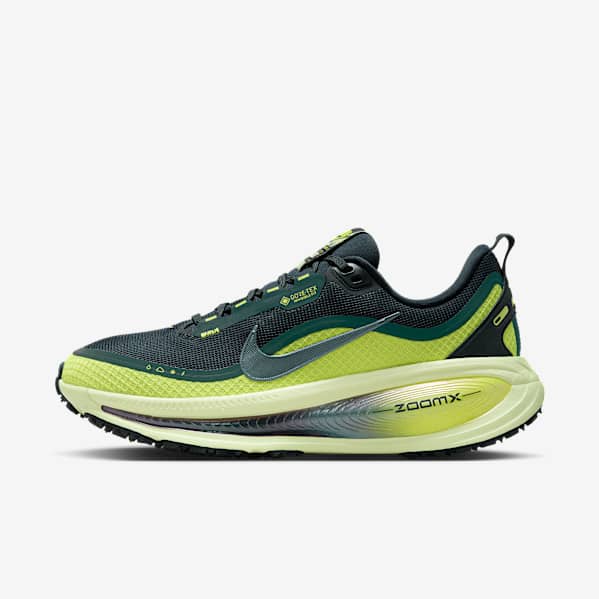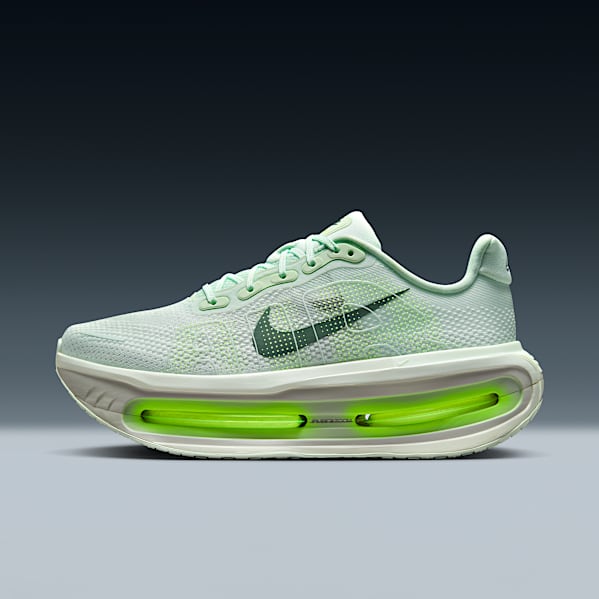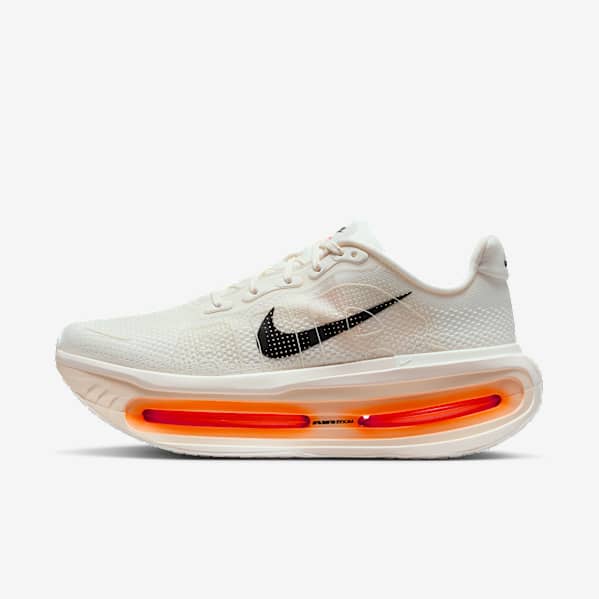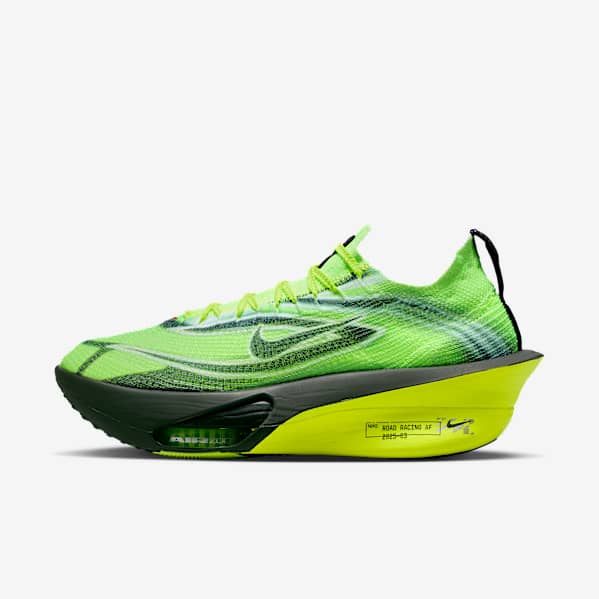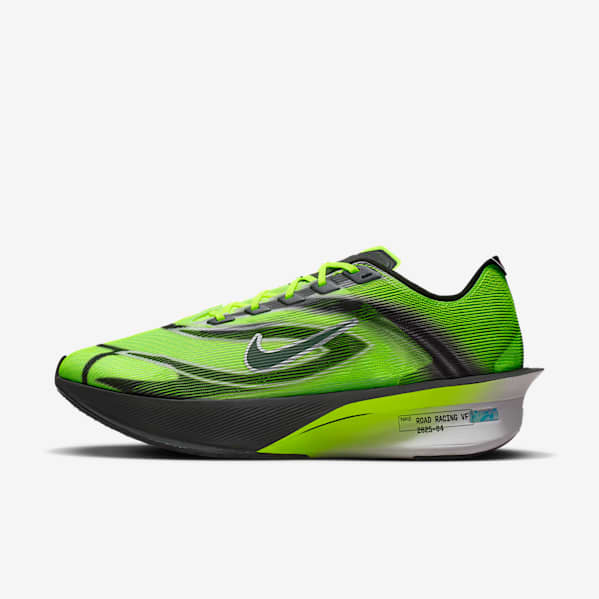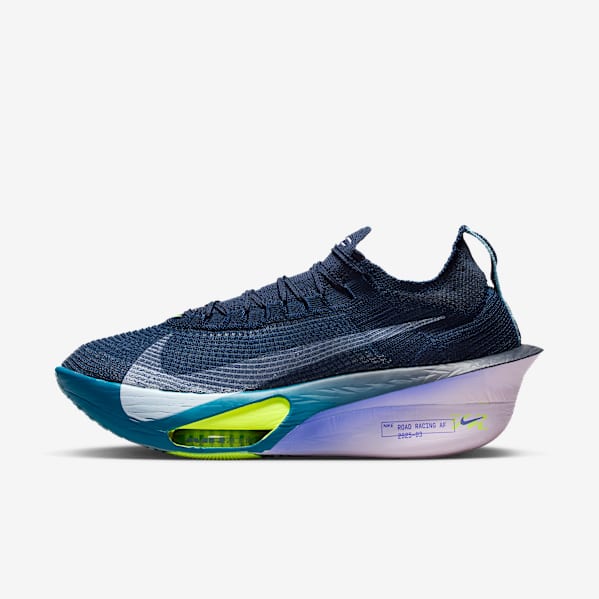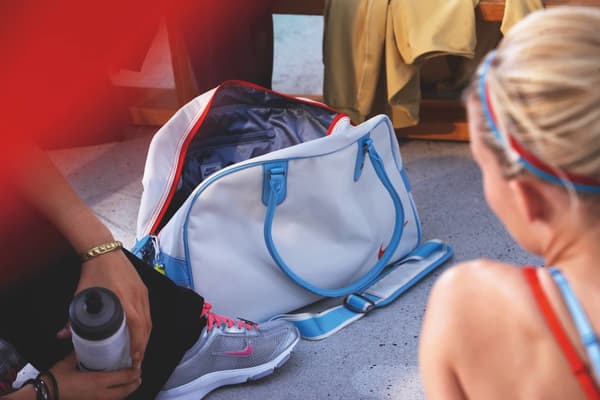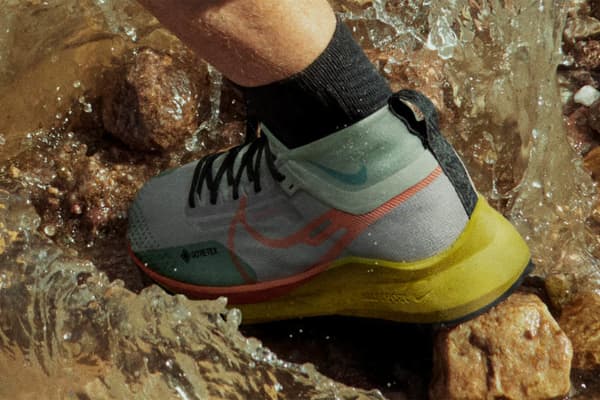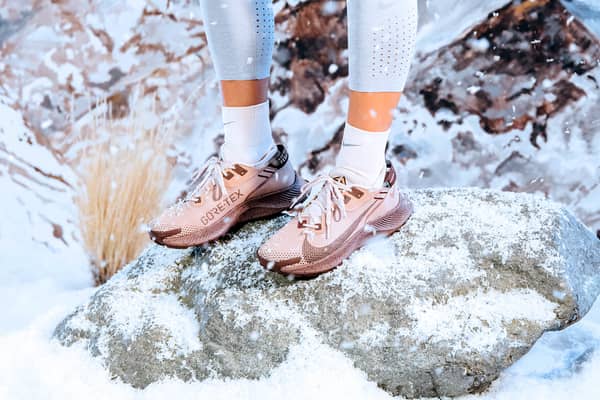How Many Miles Are Running Shoes Good For?
Buying Guide
Your running shoe mileage and these other signs of wear will help you know when it's time to replace your old running shoes.

Who doesn't love the moment you open up a new pair of running shoes and see clean, new kicks wrapped in tissue paper and brimming with potential? A fresh pair of running shoes can inspire you to set new goals, crush your old PR or increase your mileage.
But the novelty wears off over time and eventually you'll need to replace them. Running shoe mileage is one way to determine how long your shoes will last. But there are other factors to consider when determining when to replace your running shoes.
How Many Miles Should Running Shoes Last?
There is no set rule when it comes to replacing your running shoes. An October 2011 review of 18 years' worth of research published in Footwear Science suggests that high-quality running shoes can last for more than 600 miles.
But experts generally advise that you get new running shoes every 300 to 500 miles. That's a pretty big range. What's more, training volume varies substantially from one runner to the next, and you probably don't put a pedometer on your running shoes. So, how do you know when it's time to go shopping again?
Here's a general guide to give you an idea of how long your running shoes may last based on different training volumes.
Casual Runner
- Weekly mileage: Up to 10 miles
- Replace shoes: Every 7.5 to 12.5 months
Training for a 5K or 10K
- Weekly mileage: Up to 15 miles
- Replace shoes: Every 5 to 8 months
Training for a Half Marathon
- Weekly mileage: 20+ miles
- Replace shoes: Every 4 to 6 months
Training for a Marathon
- Weekly mileage: 40+ miles
- Replace shoes: Every 2 to 3 months
Additional Factors to Consider
Bear in mind, however, that this is a very general guide. Several factors impact how long running shoes last, including your body size and the design of your shoes. Heavier runners who rely on stability and cushioning features to keep their feet healthy will wear down their shoes faster than those who are lighter and/or need less stability and support. Minimalist shoes or racing flats that have less support to begin with are likely to wear down more quickly.
Terrain and climate can also play a role in your shoe replacement plan. For example, hard surfaces like pavement and concrete do more damage to your shoes over time than softer surfaces like a track or off-road trail. And if you run (or store your shoes) in extreme temperatures—either very hot or very cold—your shoes are likely to degrade faster.
Look for These Signs of Wear
1.No More Bounce
New running shoes help you rebound after every step. This bouncy feel usually comes from EVA foam cushioning that enables you to go the extra mile even when your body says it's time to stop. The energy return, often felt through the midsole, helps to propel your foot forwards with less effort.
But that benefit fades as the shoes wear down. So if you start to notice that your shoes (especially the midsole) feel hard or flat and your gait seems heavier, it may be time to replace your shoes.
2.Injuries or Aches
The same cushioning and shock absorption that provides a bounce effect also protects your joints from impact. When that cushioning starts to wear down, you may begin to feel it during a run.
Are your feet starting to hurt after just a few miles? Do you notice soreness in your hips or knee pain during or after your run? These aches and pains can occur for different reasons, but a worn pair of running shoes is often the cause.
Also, stability features wear down over time too. So, if you rely on arch support or a stable heel cup for proper foot alignment, you may notice your gait begin to change as your shoes wear down. For example, you might start to overpronate or roll your ankles as you run. Your running posture may change as well, leading to an increased risk of aches, pains and injury.
3.Uneven or Worn Soles
One of the easiest ways to see if your shoes need replacing is to look at the wear pattern on the sole. Flip your shoes over and examine the underside. You may notice excessive wear on the tread in certain areas.
For instance, heel strikers will see that the rear of the shoe is worn down. Those who overpronate may see more wear on the inside of the heel area.
And if you place your shoes on a flat surface (such as a counter or a table), you might also see that the shoes no longer sit upright but rather slump to one side because of uneven wear on the soles. Again, these are key indicators that your shoes need replacing.
4.Scruffy Uppers
Examine the outside of your shoes and look for tears, scrapes, holes and other damage. The upper not only protects your feet from debris and harsh weather, it also helps hold your foot in place. When it's worn down, your feet become more vulnerable to damage.
Frequently Asked Questions
How Can I Make My Running Shoes Last Longer?
All shoes wear down over time, but there are a few things you can do to take good care of your favourite sneakers and make them last longer.
Buy a shoe that's designed for your specific style of training. Buy trail running shoes for off-road running, track shoes for the track and road shoes for running on the pavement.
Buy shoes that fit your feet and address your biomechanical needs. Look for stability features if you over- or underpronate, and buy shoes with more cushioning if you need it.
Use running shoes only for running. Don't lift weights, take an indoor cycling class or run errands in your running shoes. Save your mileage for your training runs.
Rotate your shoes. A February 2015 study in the Scandinavian Journal of Medicine and Science in Sports found that having multiple pairs so you never wear the same ones on consecutive days can extend the life of your kicks.
Keep your shoes dry and cool. Store your shoes inside your house (not on your porch or in your car), and if they get wet, stuff newspaper inside them. Try not to run in your shoes if they're cold or wet.
For more ideas, check out Nike's 12 Ways to Extend the Life of Your Running Shoes.
When Should I Buy New Shoes Before a Marathon?
You don't want to run any race in shoes that don't support your feet adequately. But running a marathon in worn shoes is a recipe for disaster. And running a marathon in new shoes isn't recommended either.
New shoes need time to adjust to your feet. Get new shoes at least 2 to 4 weeks before a marathon, according to an August 2011 study in BMC Research Notes. This will give you time to do a few long runs and several short runs in them to make sure you're good to go on race day.
Do Insoles Extend the Life of Running Shoes?
Probably not. You can replace the insole with some you find at the pharmacy, but they only address one issue. Insoles can't fix worn soles, torn uppers, degraded heel cups or other issues.
Can I Recycle My Old Shoes?
Absolutely! As part of their Move to Zero programme to work towards a zero-carbon and zero-waste future, Nike will accept and recycle any brand of athletic shoes at the end of their life, giving them a new life through Nike Grind. Just drop your used shoes at a participating Nike retail store in the US or Europe. Bear in mind that they don't accept sandals, dress shoes, boots or shoes with metal (like studs or spikes).
